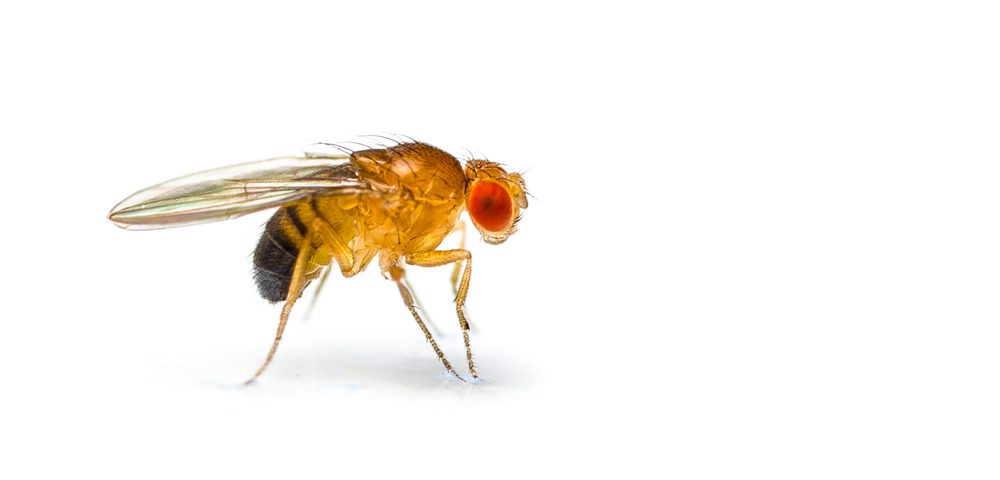‘Hero’ Proteins Protect Other Proteins from Stress, Research Finds
Written by |

A novel class of proteins, dubbed heat-resistant obscure (Hero) proteins, can protect other proteins from a variety of cellular stresses, and also can prevent the formation of protein aggregates typical of Huntington’s disease and amyotrophic lateral sclerosis (ALS).
The new protein class was described in the study “A widespread family of heat-resistant obscure (Hero) proteins protect against protein instability and aggregation,” published in PLOS Biology.
The three-dimensional structure of proteins is critical to their function. These structures are heavily affected by external conditions; stresses, such as high temperatures, can cause proteins to lose their shape and, consequently, their ability to work properly. However, different proteins can be more, or less, sensitive to different stresses, depending on their particular properties.
The researchers behind the new study were trying to isolate a particularly unstable protein, called AGO2, from fly cells, when they made an unexpected discovery: in their normal isolation procedure, the unstable AGO2 would get “stuck” to materials used in the purification process. However, this could be reversed by adding the whole contents of the fly cells.
This phenomenon also was observed when the cell contents were boiled first, and similar results were found using the contents of a human cell line. However, treatment with a protein-destroying compound removed this effect. These data suggested the presence of heat-resistant proteins that help other proteins keep their shape and are present in multiple species.
In general, proteins’ shapes are highly dependent on how they interact with surrounding water molecules (which are present in all living cells). Parts of proteins will be attracted to these water molecules (hydrophilic), while others won’t (hydrophobic). When proteins lose their shape because of heat, it’s usually because the hydrophobic parts become disordered and then form clumps. Thus, the researchers reasoned that the heat-resistant proteins they were observing indirectly would be highly hydrophilic.
This hypothesis was confirmed by bioinformatic analyses of the proteins that were still present in the cell contents after boiling. In addition to being highly hydrophilic, these proteins were enriched in intrinsically disordered regions — protein sequences that don’t typically fold into one specific shape.
Because of their heat resistance and unstructured nature, the researchers dubbed this novel protein class heat-resistant obscure (Hero). This also is a play on “hero-hero,” meaning flexible or loose in Japanese.
Six of these proteins (C9orf16, C11orf58, BEX3, SERBP1, SERF2, and C19orf53) then were characterized in greater detail.
In solution and in cells, these proteins protected other proteins from multiple kinds of stress, including heat, drying out, and being exposed to organic solvents like chloroform.
As an example, in one experiment, cells were engineered to express a protein called luciferin, which is the same kind of protein that lets fireflies make light. When these cells were exposed to a brief “heat shock,” luciferin activity decreased to 10–20% of its original intensity. But, when the cells also had high levels of Hero proteins, luciferin activity was preserved at up to 40% its original intensity.
Protein instability is involved in the formation of toxic protein aggregates, such as TDP-43 in ALS and huntingtin in Huntington’s disease. So, the researchers tested whether Hero proteins could reduce the formation of such toxic aggregates in cells — and they could. The ability of these proteins to block TDP-43 aggregation also was confirmed in a model of human neurons and in flies.
“Interestingly,” the researchers noted, “among the six Hero proteins tested, there was no ‘super-Hero’ protein able to function for all proteins. Instead, distinct subsets of human Hero proteins were more effective in preventing different types of aggregations.”
Additional experiments showed that removing Hero proteins from flies was lethal, whereas increasing their expression extended the flies’ lifespan by more than 30%, suggesting the biological importance of these proteins.
Proteins that help other proteins fold aren’t unheard of. Indeed, another class of proteins, called molecular chaperones, is known to perform a similar function. But, chaperones require energy, in the form of ATP, to do this.
“Unlike chaperones, Hero proteins don’t appear to use any ATP, and probably act on the functional form of their client proteins and prevent them from lapsing into misfolded states,” study co-author Yukihide Tomari, a professor at The University of Tokyo, said in a press release. “Their ability to protect proteins from multiple kinds of denaturing stresses may be useful in biotechnology applications in the purification of proteins, and the fact that they can block pathogenic aggregates in neurodegenerative disease models may make them attractive candidates for therapeutic development.”





